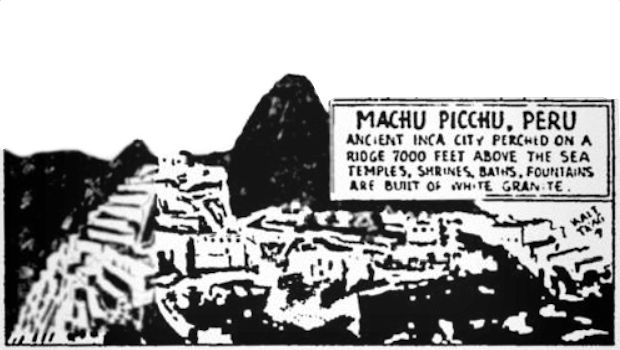
The early introduction of exotic Machu Picchu to travelers
A vintage newspaper story from the 1950s explaining Machu Picchu, the Secret of the Incas!
Today, Machu Picchu is a top “bucket-list” choice for travelers considering where to take their next vacation. But if we turn back the clock five or six decades, we find that South America’s most iconic historic site rated hardly a blip on the tourism radar. Check out this 1955 newspaper column, which attempted to raise the collective consciousness about the ancient Inca citadel. Most of the scientific assertions about Machu Picchu’s historic significance have since been disproved and replaced with more informed theories. But the overriding point is clear: This wonder of ancient architecture should be visited and experienced.
THE PRAIRIE PALS ~ SATURDAY, MARCH 5, 1955
Buried Inca Fortress Excavated
During the period 1400-1448 in the Inca empire of Peru, the monarch in power built a long line of fortresses along the eastern frontier as a guard against possible invasion from beyond the Andes Mountains. The greatest of these structures was Machu Picchu.
Driven back by the Spaniards, the last Inca ruler with his surviving warriors sought refuge in the city which was so inaccessible and remote that no white man of the time ever saw it.
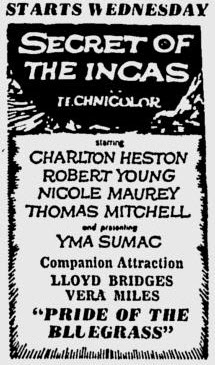
The traveller today does not have to endure the hardships of a foot journey to view this wonder of ancient architecture built by a race that did not even know the wheel. An auto on rails makes the journey from the nearby city of Cuzco in about three hours. Below Machu Picchu, which is in a canyon, is the precipice which ends at the Urubamba River 2,000 feet below.
This great fortress is just one example of the fine work scholars do as they excavate ancient ruins and interpret them. It is called archaeology.
If you like this post, please remember to share on Facebook, Twitter or Google+
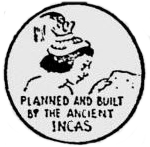
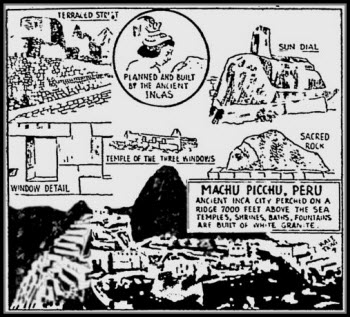
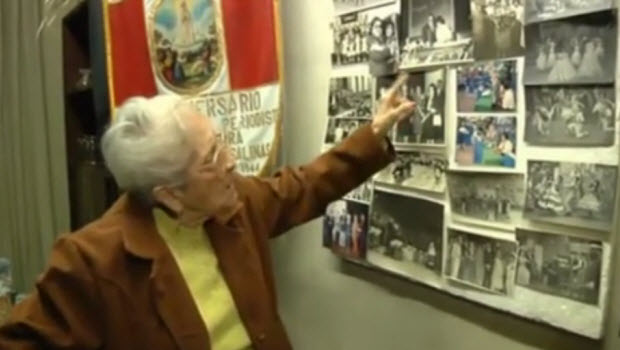 Meet the world’s oldest radio show host in Lima, Peru – Guinness World Records
Meet the world’s oldest radio show host in Lima, Peru – Guinness World Records 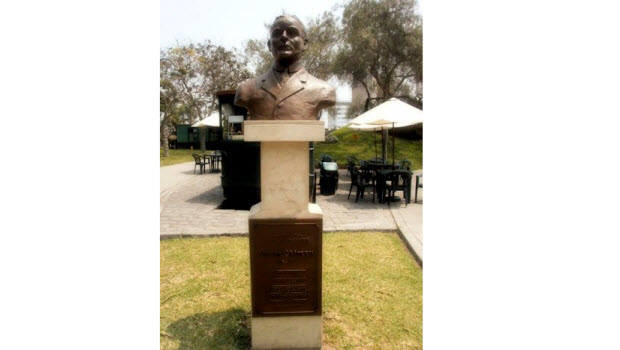 Pisco Sour History 101 Questioned
Pisco Sour History 101 Questioned 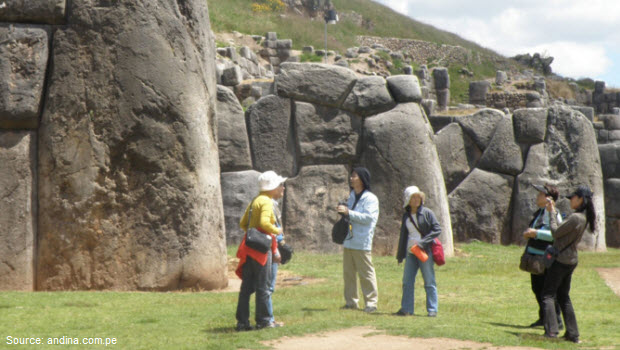 Recap of Gelinaz! Pulpo Fiction
Recap of Gelinaz! Pulpo Fiction 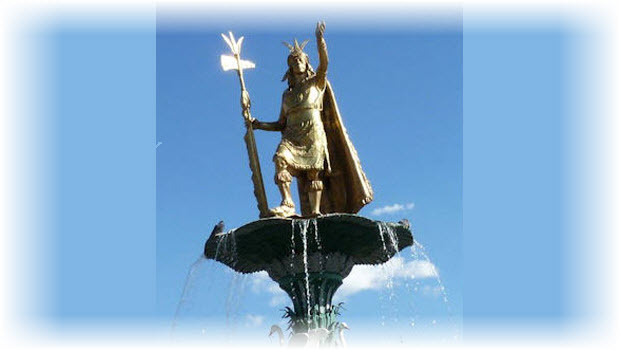 Hidden Inca treasure in the old headlines
Hidden Inca treasure in the old headlines 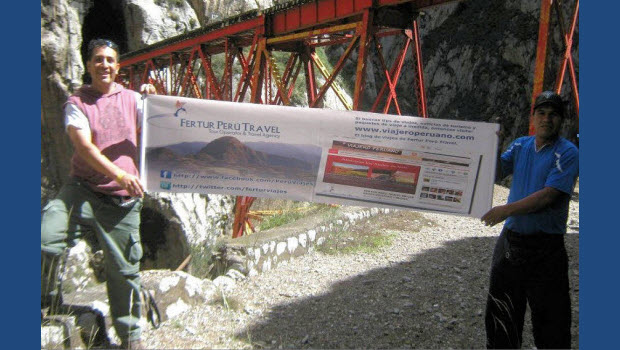 Desamparados Train Station Centennial Celebration
Desamparados Train Station Centennial Celebration 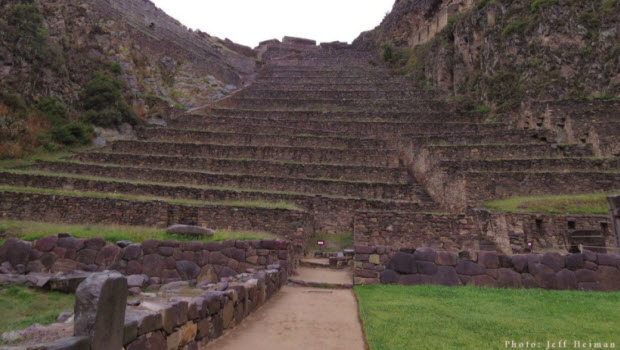 Hindsight in Cuzco – Nostalgia for the Enchanted City
Hindsight in Cuzco – Nostalgia for the Enchanted City 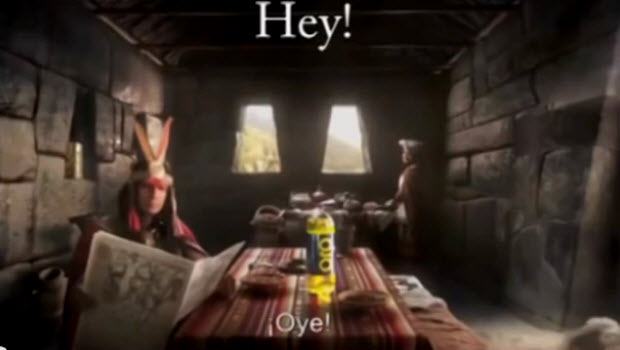 Blitzing the Incas
Blitzing the Incas 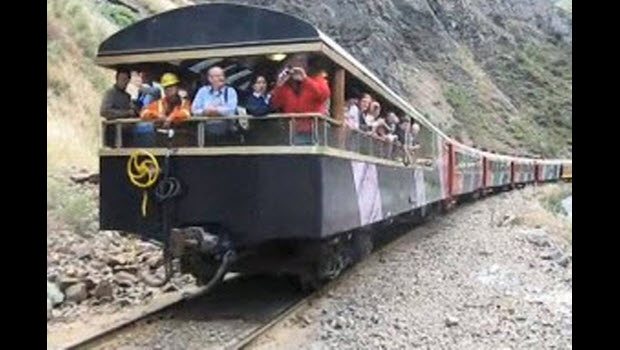 As close to heaven as it gets for train enthusiasts for 2013
As close to heaven as it gets for train enthusiasts for 2013